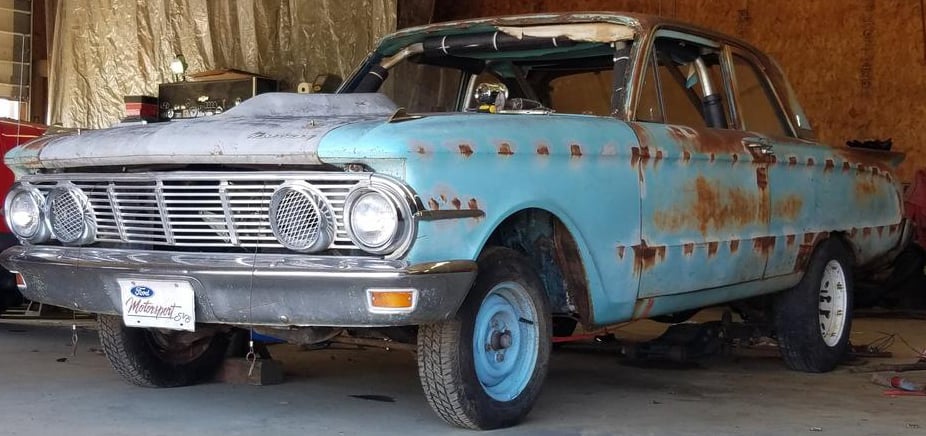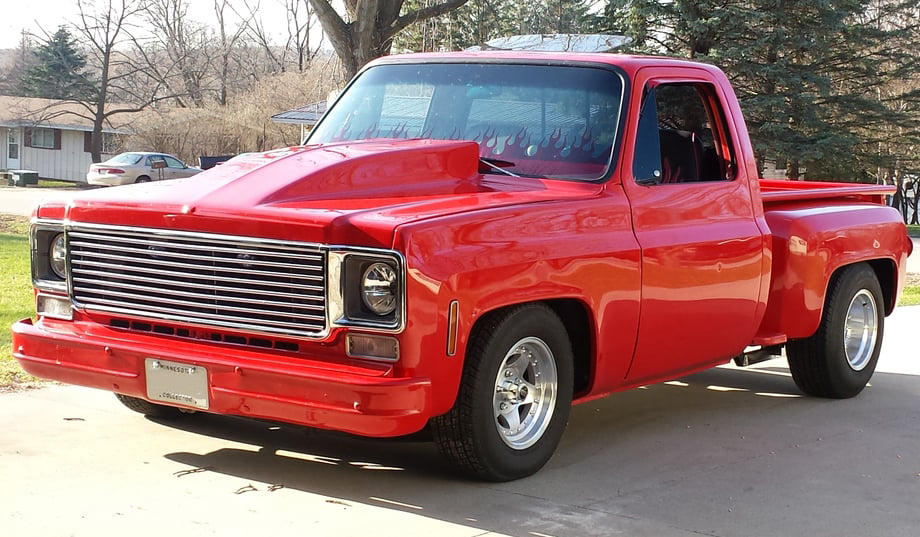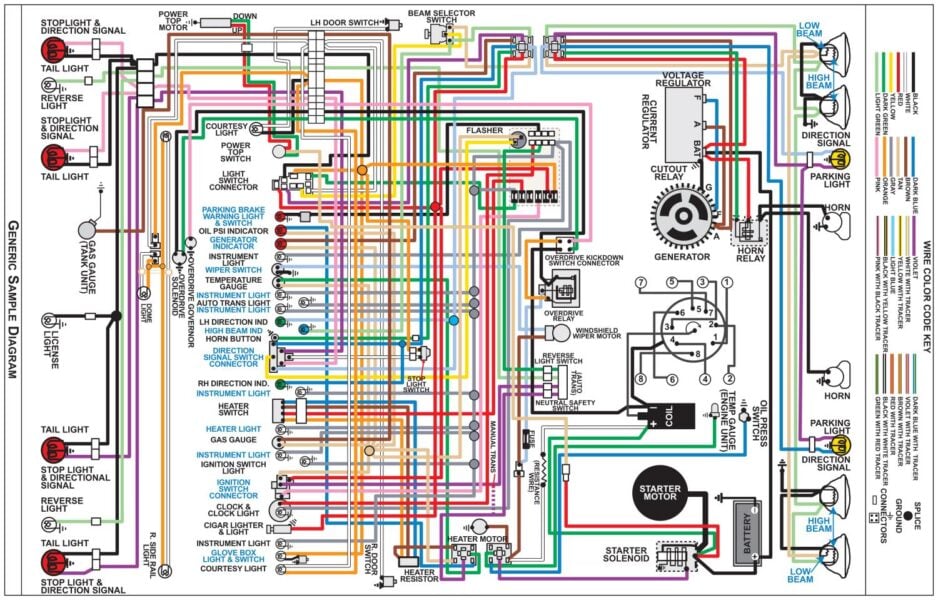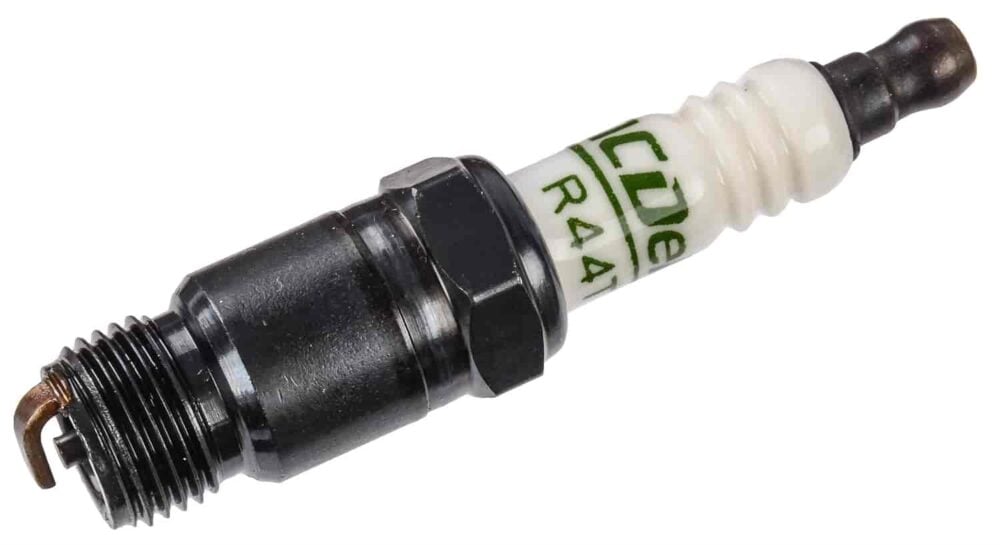
Chevrolet's Camaro hit the streets in late 1966 as a 1967 model, as the contender to Ford’s beloved Mustang pony car. The Camaro was a runaway success, and with the first generation spanning from 1967 to 1969, these are highly desirable cars. Just under 700,000 Camaros were produced during this time, highlighting how hot the car was back then. However, nearly two-thirds are base and RS variants, with the SS and rare Z/28 variants taking up much lower numbers.
Regardless of what you’ve got — or got your eyes on — restoring a 1967 Camaro is not an easy task. Camaro restoration can vary widely, depending on the state of the car when you begin the job. That’s why we have created this article to help you get started. Plus, there are books dedicated to restoring first-generation Camaros, and a wealth of information available on enthusiast forums, so you’re in good company.
Where To Begin
Where do you begin on this journey? Firstly, have you got a vintage Camaro in your hands yet? If not, you’ve got to get one. Take your time – don’t buy the first Camaro you find for sale. There are a variety of choices; for example, at least five 1967 Camaro engine options were available, and a mammoth nine engine options were offered over the three short years of production. These varied from 230ci in-line sixes all the way to monster 427ci V8s. Decide if you’re going to keep your Camaro’s engine stock, modify it, or swap it all together, as this is a major deciding factor if you’re buying a Camaro for the purpose.
Hardtop or convertible? Original SS or Z/28, or planning to build a tribute? Manual or automatic transmission? All these considerations are critical to finding the right car.
Materials & Specialty Tools
Restoring a car is no small feat, and you’re going to need a whole gamut of garage tools and equipment to accomplish it. We’ve got a great range of automotive tools for you to choose from, whether you’re an occasional DIY mechanic or a seasoned professional seeking to create a fully equipped home garage. Some of the materials and specialty tools you’re likely to need for your Camaro restoration include:
- A well-equipped automotive toolbox with all the screwdrivers, pliers, sockets, torque wrenches, hammers, mallets, and items you can think of.
- Sturdy jacks and jack stands to keep things safely off the ground when needed.
- Specialist auto body tools, brake tools, engine tools, and precision tools.
- A variety of jugs and containers to safely catch any fluids and prevent environmental pollution, as well as funnels and nozzles to assist when pouring in fresh fluid.
- Safety gear including protective goggles, gloves, and appropriate fire protection such as fire extinguishers (water and CO2/powder), plus a bucket of sand.
Sourcing Parts Process Overview
How can you source parts for your ‘67 to ‘69 Camaro? It can be challenging. These are our tips.
- Talk to our experts, as they are well-versed to help you out, and suggest useful upgrades too.
- Do some research online as well as visit dedicated Camaro forums as you may find members who are selling original parts that you require.
- Wherever possible, ensure that there’s a way to return a part (in good order, of course) if it doesn’t fit. This could save you a lot of money.
Engine Work
This is the area that many DIY enthusiasts will love. Engine work is literally heart surgery on your precious Camaro. Are you rejuvenating the original engine to its stock specifications, installing useful upgrades like Holley Sniper EFI and ignition systems, or placing a new crate engine inside? Whatever route you choose, ensure that you’ve got a buddy on hand to help with the heavy lifting, and do plenty of research on your chosen path. There are so many Camaros around, chances are that someone else has tried your formula before, and you can learn from their experience.
Don’t forget to restore and upgrade other mechanical systems, too, especially if you’re upping the power output. These include the transmission, driveshaft, differential, braking, and steering systems.

Body Work
Let’s face it, dear reader. You likely won’t have the professional-level skills to properly restore your Camaro’s body to pristine just-left-the-factory form, as this requires years of on-the-job experience to get right. However, if you’re planning to attempt it to the best of your ability, check out our exterior restoration range of items, which can help you bring your Camaro’s body to the best of your ability.
Remember, if your Camaro needs extensive bodywork, don’t skimp on the process. Ensure that rust is removed correctly, replace any areas with new metal if required, and adequately protect by applying high-quality undercoating prior to painting. While mechanical repairs can be a headache on the road, body repairs can be a headache, period. The best time to address them is during your Camaro’s restoration, so spare no expense on ensuring that your Camaro’s body is restored to last for many more years.
Camaro Restoration Tips
Here are some general restoration tips for you, not just on Camaros, but any restoration, really.
- Be patient. Restorations can take months if you’re lucky, although a year or three is more common.
- It’s never really over. You’re always going to be seeking some small component, trim piece, or badge to complete it.
- Take your original budget, and double or even triple it. It’s notoriously difficult to budget for a restoration.
- If you outsource any work on your Camaro or other classic cars, ensure that you check on the work at least once a week.
- Don’t drive it like you stole it from the outset. Take time to familiarize yourself with the car, take it easy, and address any gremlins as they occur.
Everything You Need For Restorations From JEGS
At JEGS, we have everything you could possibly require for a classic car restoration. Since 1960, we’ve been stocking only the best OEM and aftermarket components, which founder Jeg Coughlin accepts no compromises on. Today, our Columbus, Ohio store awaits to welcome you, or browse here if you prefer shopping online. With competitive pricing, top-notch advice and after-sales support, and a range of thousands of parts, there’s little reason to go elsewhere.





